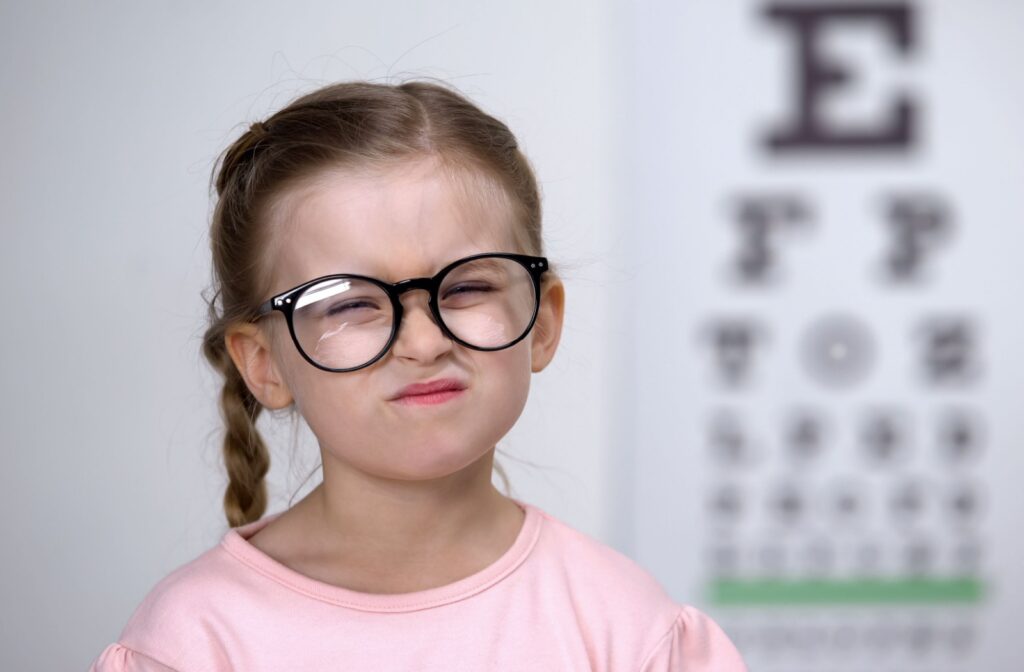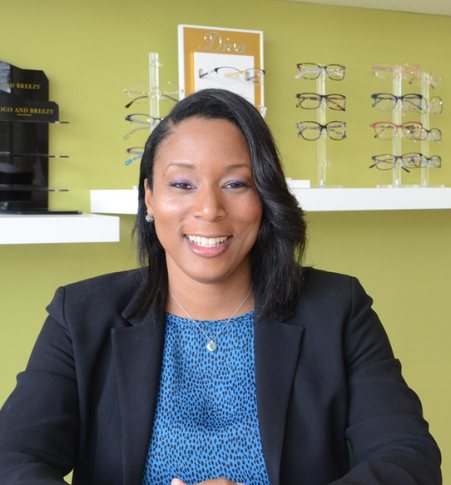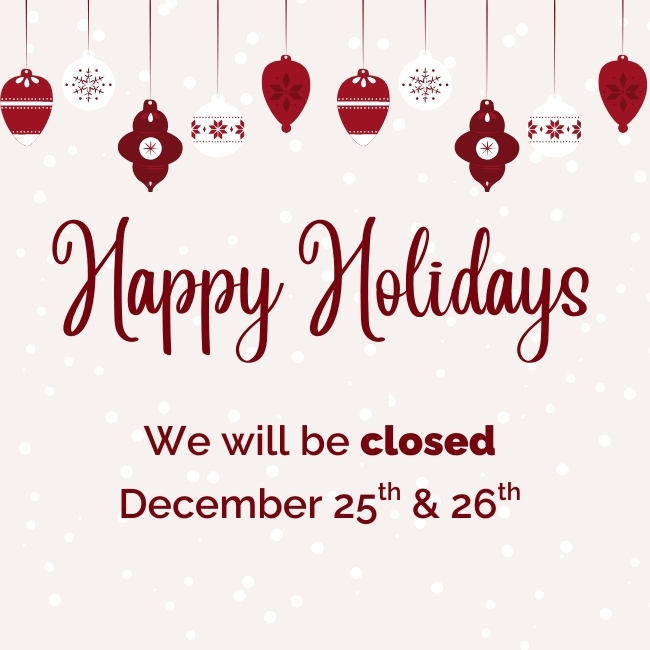Clear vision is crucial at any age, but it’s also often taken for granted. If you’ve noticed your child is recently squinting or complaining about headaches, it could be myopia. Myopia often develops in early school, but does it worsen with age?
Myopia typically worsens until early adulthood before stabilizing in a person’s early 20s. As your child grows and develops, their eyes constantly change, and their vision will likely deteriorate before stabilizing. Fortunately, you can intervene with myopia control to preserve more of their future vision.
What Is Myopia?
Myopia is an extremely common refractive error, meaning that it affects how your eye refracts light. It develops when the eye elongates until it’s longer than it is wide, leading to blurry vision when you try to focus on something at a distance. Because of this, it’s often referred to as “nearsightedness.”
Myopia is a progressive condition that affects at least 30% of the population. It develops in childhood and can continue to worsen until early adulthood. While it’s easily treatable through eyeglasses and contact lenses, myopia can be extremely frustrating to deal with—especially for children who don’t recognize that something is wrong.
The Signs of Myopia
Myopia typically develops in a child’s early school years. However, their eyes are constantly adjusting, so your child may not even realize they’re having a vision problem. Try to watch out for the following signs:
- Squinting to see distant objects
- Rubbing their eyes frequently
- Complaining of headaches, especially after reading or doing homework
- Holding books or screens close to their face
- Difficulty seeing objects on the board in school
- A noticeable preference for activities that require close-up vision
If your child showcases any of these symptoms, it might be myopia, and you should see an optometrist.
How Does Myopia Progress?
Myopia usually develops between the ages of 8 and 14, though this can vary significantly depending on your child’s unique situation. As your child grows, myopia often worsens; their eyes continue elongating, and their vision can become poorer. As they age, this elongation slows down, and their vision should stabilize around 20.
It’s important to regularly schedule children’s eye exams with your optometrist as your child grows. More than 80% of your child’s vision is learning-based, and sending them into the school year on the right foot is crucial.
Throughout their adolescent years, you’ll need to continue scheduling regular eye exams so your optometrist can monitor their vision development.
The Link Between Myopia Progression & Digital Screens
With the rise of the digital world, there is no doubt we see children who spend less time playing outside and more time engaged with screens.
As kids choose video games and digital activities over outdoor play, they are exposed to prolonged periods of near work, a known risk factor for myopia progression. This extended near work, combined with reduced exposure to natural daylight, which can help protect against myopia, creates a perfect storm for worsening eyesight.
The Risks of High Myopia
There’s a catch with myopia—it’s not just about poor vision. Because it’s associated with physical changes inside the eye, it can increase the risk of certain eye conditions later in life. The elongation puts additional strain on the physical structures of the eye itself, leading to an increased risk of:
- Glaucoma
- Cataracts
- Retinal detachment
- Myopic maculopathy
Fortunately, there’s a way to reduce this risk: myopia control.
What Is Myopia Control?
Myopia control involves several strategies designed to slow the eye’s elongation. While it can’t entirely stop myopia, it can significantly reduce its progress. Myopia control is more effective when it’s started earlier—before the eye elongates too far.
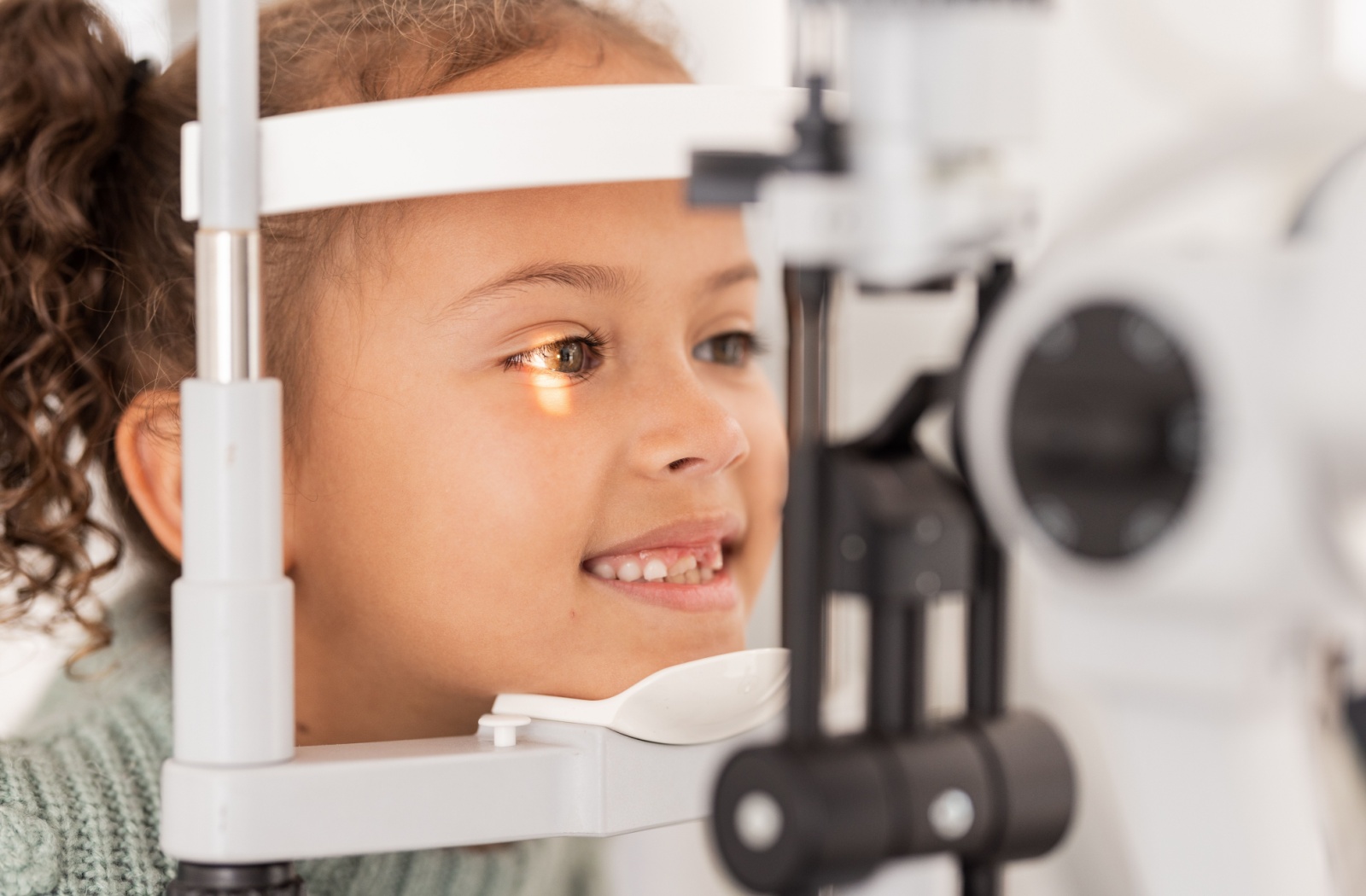
There are several methods of myopia control, including:
- Atropine eye drops
- Specialty contact lenses
Atropine Eye Drops
These are special drops containing an extremely low dose of atropine. They temporarily relax the muscles inside the eye used for focusing your child’s natural lens and work best when combined with other myopia control methods.
Specialty Contact Lenses
These are custom lenses with multiple prescriptions built into one lens. While one prescription provides your child with clear vision daily, the others alter light to force a state called periphery defocus. These lenses can reduce how far myopia progresses by roughly 50%, making them an incredible way to preserve more of your child’s future vision.
At River City Vision Center, we often recommend MiSight contact lenses by CooperVision. These daily disposable contact lenses are made of a soft and comfortable material. They’re ideal for children irritated by more rigid materials and can offer a comfortable and efficient way to slow your child’s myopia progression.
Let’s Protect Your Child’s Vision
Your child deserves a clear and comfortable vision. If your child is showing signs of a vision problem, myopia control may be the answer. So come talk to our team!
At River City Vision Center, we can determine what’s causing your child’s symptoms and work closely with you to find a solution. Book your appointment with us today, and let’s protect your child’s vision together.


